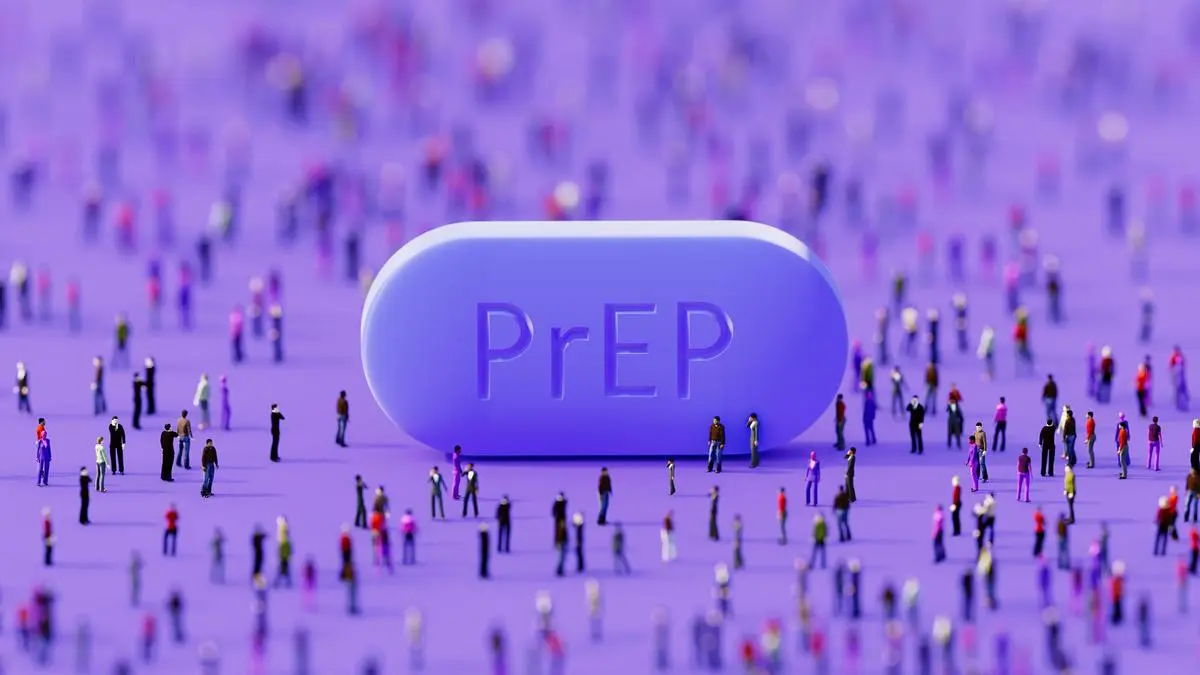By Leena Menghaney
Copyright thehindubusinessline

India stands at the threshold of a historic opportunity – to support global efforts to end AIDS as a public health threat by 2032.
Last year, two pivotal phase-3 clinical trials revealed remarkable results for lenacapavir — a long-acting injectable drug used as Pre-Exposure Prophylaxis (PrEP). Given just twice a year, lenacapavir offers near-complete protection against HIV. It has already shown strong effectiveness for young women, transgender and gender-diverse people, among others, with studies underway for people who inject drugs. For communities that continue to bear the brunt of new infections, this jab is the closest the world has ever come to an HIV vaccine.
For decades, India’s National AIDS Control Programme (NACO) has relied on targeted interventions for female sex workers, men who have sex with men, transgender persons, and people who inject drugs. Adding lenacapavir to the prevention toolkit — alongside condoms, STI treatment, HIV testing, and counselling — could accelerate progress dramatically.
The need could not be clearer. Over 60,000 new HIV infections occur annually in India. The national programme aims to drive this number down. With large-scale introduction of this new jab, delivered in partnership with affected communities, India could reduce incidence below 0.1 per cent — the tipping point for ending AIDS as a public health threat by 2032.
Yet India’s HIV programme has been slow to embrace scientific progress in HIV prevention hesitating to provide antiretrovirals as PrEP. Even after a decade of the World Health Organization (WHO) recommending oral PrEP for populations at highest risk, access in India remains largely confined to the private sector.
This is despite generic competition driving the cost of antiretrovirals used in oral PrEP (tenofovir/lamivudine) down to about $40 per person per year. Persistent myths — that PrEP undermines condom use, for example — have held back scale-up. In reality, PrEP protects those most vulnerable to HIV, especially women unable to negotiate safe sex.
Nod from global bodies
Globally, momentum for injectable PrEP is building fast. The USFDA and the European Medicines Agency have approved lenacapavir, and the WHO has now issued a global recommendation in its HIV prevention guidelines. South Africa’s Department of Health is preparing to roll out lenacapavir by April 2026. In parallel, the Clinton Health Access Initiative, Unitaid, and the Gates Foundation have secured supply agreementswith Dr Reddy’s and Hetero Labs to make lenacapavir available at the same price as oral PrEP – $40 per person, annually.
But science and guidelines alone do not end epidemics. Monopoly control, delayed registration, and political hesitancy to scale up PrEP are standing in the way of access. These supply agreements cannot move forward until generic versions are registered in India and cleared for export. Without urgent regulatory action, affordable generic supply will stall — leaving Gilead as the sole supplier and blocking vulnerable communities, particularly young women, from their right to access scientific progress.
If India joins governments like South Africa, and partners with multilateral funders such as the Global Fund and Unitaid, it can add volumes that achieve economies of scale — encouraging more generic manufacturers to enter the market and driving prices down further.
India’s leadership in preventing HIV infections — including ensuring supply if compulsory licenses are issued by Latin American countries excluded from Gilead’s voluntary license — will determine whether lenacapavir fulfils its promise to help end AIDS by 2032, or whether hesitancy and delays squander this historic opportunity.
(The writer is a lawyer specialising in HIV, public health, and access to medicines. Views are personal)
Published on October 6, 2025